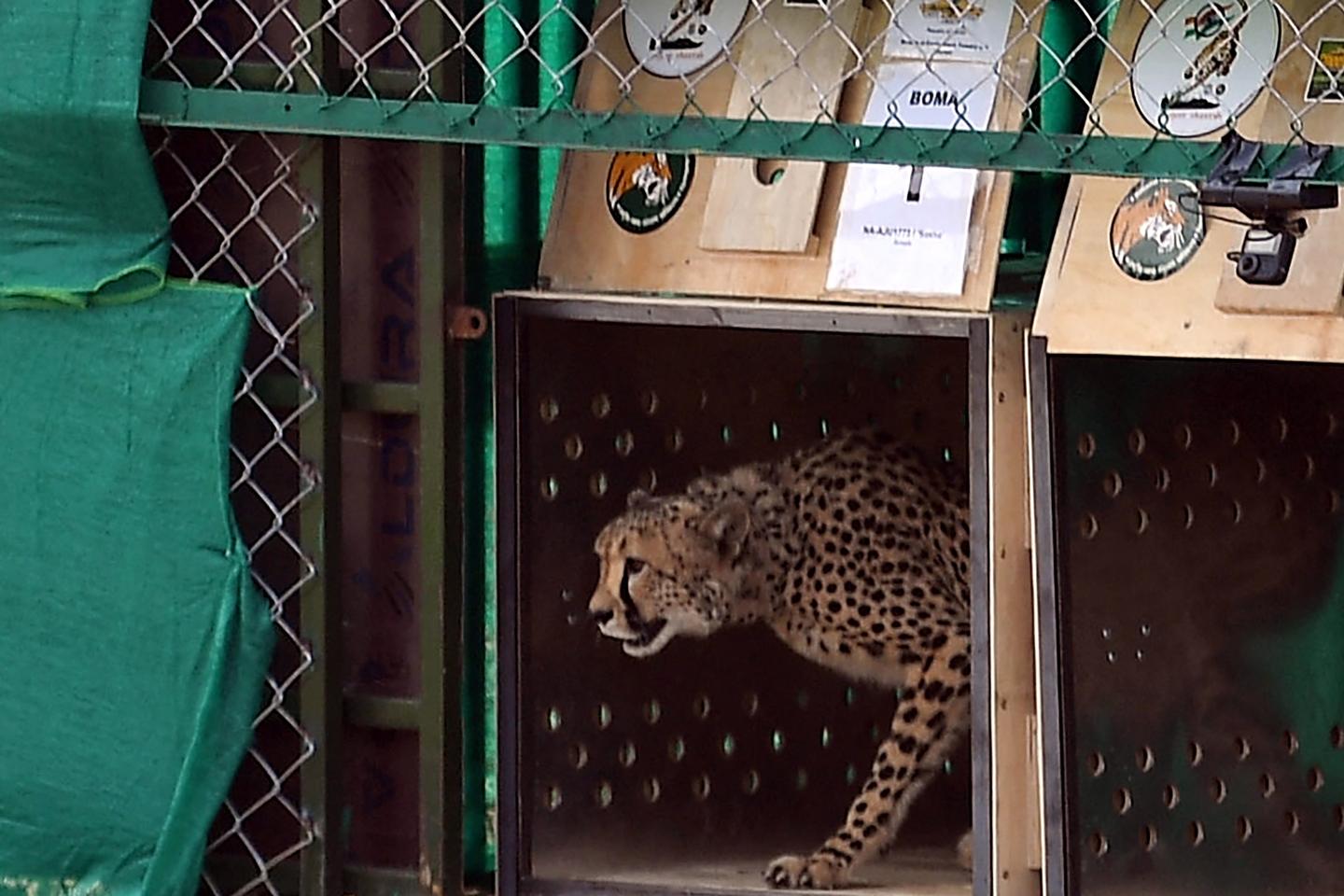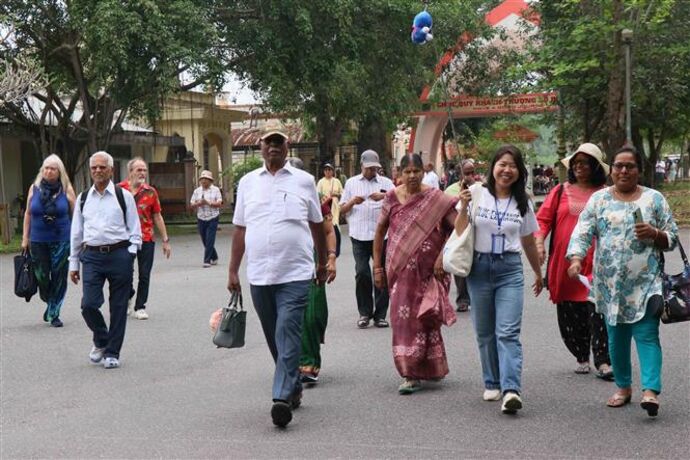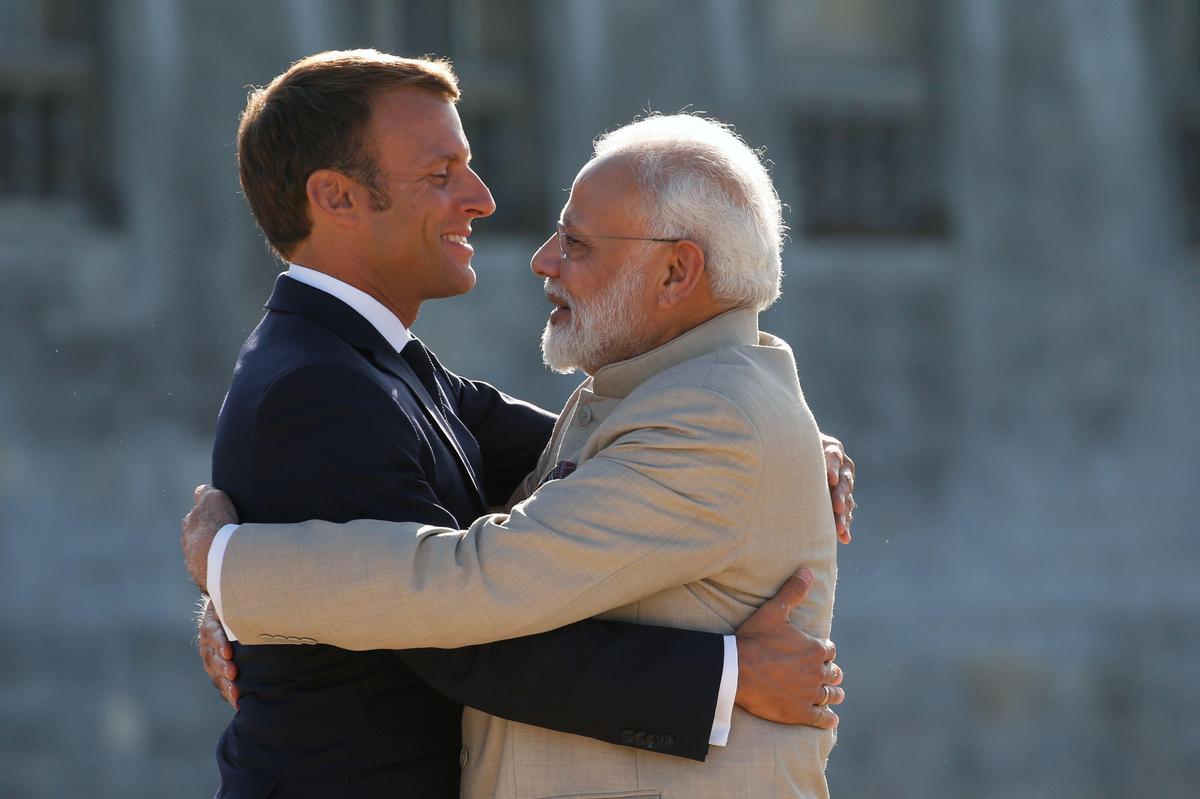NEW DELHI LETTER
The operation has leads in the wings. Wanted by Prime Minister Narendra Modi, on the 75th occasione India’s independence anniversary, and overly publicized, cheetah reintroduction in the country took a turn for the worse. The once widespread cat officially disappeared from the subcontinent in 1952, due to overhunting and shrinking habitat. The last specimen was killed by a maharajah, Ramanuj Pratap Singh Deo.
On September 17, 2022, eight big cats from Namibia were transferred to the Ancient National Park in Madhya Pradesh in central India, an area of 750 square kilometers rich in grasslands and forest, unfenced and surrounded by villages with cattle ranchers. This is the first experience of relocating wild cheetahs outside the African continent, in other words being researched. The transfer, carried out under the supervision of a team of twenty-four veterinarians, biologists, wildlife experts, requires careful preparation and a two-day journey. The cheetahs were transported by Boeing 747, from Windhoek to Gwalior, then by helicopter to Palpur, to land 8,000 kilometers from their natural savanna, equipped with radio-transmitting collars.
Plans to establish a sustainable population of cheetahs in India were launched in 2009 under the administration of Congressman Manmohan Singh, but Narendra Modi is taking it personally. This release was held on the 72nd daye prime minister’s birthday Dressed in an explorer jacket, wearing a hat and sunglasses, he personally opened the door for the big cats. The operating costs, 910 million rupees (11.4 million dollars), were mostly financed by Indian Oil. The state-owned company has pledged to contribute more than 500 million rupees ($6.3 million) to the project over the next five years.
deadly heat wave
The eight cats first had to acclimate to a protected and restricted space, then spread out in a 750 square kilometer natural space where leopards and striped hyenas already frolic. Twelve more cheetahs arrived in February from South Africa. Overall, India has welcomed twenty cats. But three adults and three children have died in the last eight months. Cheetah cubs born in India couldn’t withstand the May heat wave and became dehydrated.
Re-introduction of species is a very difficult undertaking and is bound to result in losses. But from the very beginning, environmentalists called the project “from vanity” failing to take into account that the African cheetah – a similar but distinct subspecies of the endangered Asian cheetah, now found only in Iran – is not native to the Indian subcontinent. In their opinion, the state could do better by protecting its own wildlife. There are still many wild species, lions, tigers, elephants, leopards, bears, which are threatened with extinction due to the destruction of the ecosystem.
You have 46.16% of this article left to read. The following is for subscribers only.

“Twitter junkie. Hipster-friendly bacon expert. Beer ninja. Reader. Communicator. Explorer. Passionate alcohol geek.”







